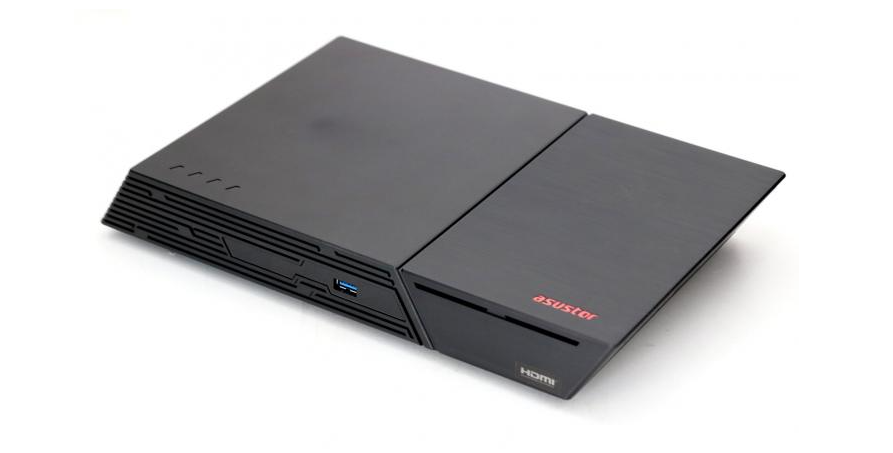News
Asustor’s 12-bay, all-NVMe SSD NAS: An Overview

There are two developments in NAS devices: multi-gigabit Ethernet and, therefore, a move toward NAND-based flash storage. There are two top-tier Flashtor models available: the Flashtor 6 (model number FS6706T) and the Flashtor 12 Pro (model number FS6712X). Up to twelve PCIe 3.0 M.2 slots are available in the Flashtor series and reserved for use with NVMe solid-state drives. With such a large storage space, retrieving and sending data is a breeze, allowing for seamless multitasking and peak performance. The Flashtor series is ideal for any task requiring extensive visuals or large amounts of data. The FS6712X model we evaluate also features super-fast 10GbE networking, which allows for lightning-fast file transfers and page loads.
Streaming, editing, and sharing your content in real-time have never been easier or faster than with this cutting-edge function. The HDMI 2.0b connector on the Flashtor series allows for ultra-smooth 4K monitors at 60 Hz, greatly improving the quality of your multimedia experience. Enjoy a cinematic experience worthy of your artistic endeavors as you immerse yourself in gorgeous sights. Asustor’s Flashtor series is revolutionary since it is the first NAS series to provide a completely M.2 NVMe SSD storage solution. This cutting-edge innovation raises the bar for NAS performance by making your data storage more practical, reliable, and quick than ever before. Asustor’s Flashtor series is a technological breakthrough that gives content makers and enthusiasts access to previously unavailable levels of performance and capability.
If you haven’t tried NAS yet, you’re missing out. The Intel Celeron N5105 (Jasper Lake; 10nm) with a 10W TDP was an appropriate choice for Asustor’s NAS-series CPU. Tremont-based processor architecture has four CPU cores that run at speeds between 2 and 2.9 GHz (single-core Burst), however it does not support HyperThreading (SMT). The L2 cache of the N5105 is 1.5 MB, and the L3 cache is 4 MB. It is a 10nm chip manufactured by Intel. Tremont’s CPU architecture has changed significantly from its predecessor, the Golmont Plus cores. It has an iGPU with internal graphics capabilities that can handle 4K resolution (often used as a NAS transcoding engine). That’s great news because that means Asustor’s native media apps and Plex Media Server will both support transcoding (though Plex will need a paid subscription to enable it).
So, it’s highly effective and efficient regarding both performance and power consumption. Because it is a server, a NAS requires RAM as well. A total of 4GB of DDR4 (SO-DIMM) memory is installed, but you may add another 4GB via the expansion slot. ADM is the OS that controls everything. And over the years, I have witnessed this program evolve into something remarkable, dependable, and secure. The graphical user interface (GUI) that comes with ADM is really useful. New features include a docker app, Plex, and a room server for media apps, as well as support for the btrfs file system, which enables snapshots of storage volumes for streamlined backups. The HDMI 2.0b output of the NAS device also allows for on-device video streaming, so you can start watching high-definition videos from YouTube and Twitch immediately. Many useful first-party media management, file management, backup, and system applications are provided by purchasing an Asustor NAS.
VirtualBox is supported for bigger VMs and contains ClamAV Protection to safeguard against intrusion, malware, viruses, and more. The more modern docker/container application is also supported for operating smaller virtual environments. One of the biggest difficulties in reviewing NAS devices is that they typically have so many functions that it’s hard to do justice to all of them in a single review. However, you can rest easy knowing that ASUSTOR differentiates from the competition by providing the industry’s full suite of services. Before diving into the review, it’s worth noting the NAS’s energy-saving Jasper Lake refresh technology-driven layout. The active system uses about 20 Watts of power with a single M.2 NVMe SSD over 10 GigE.













